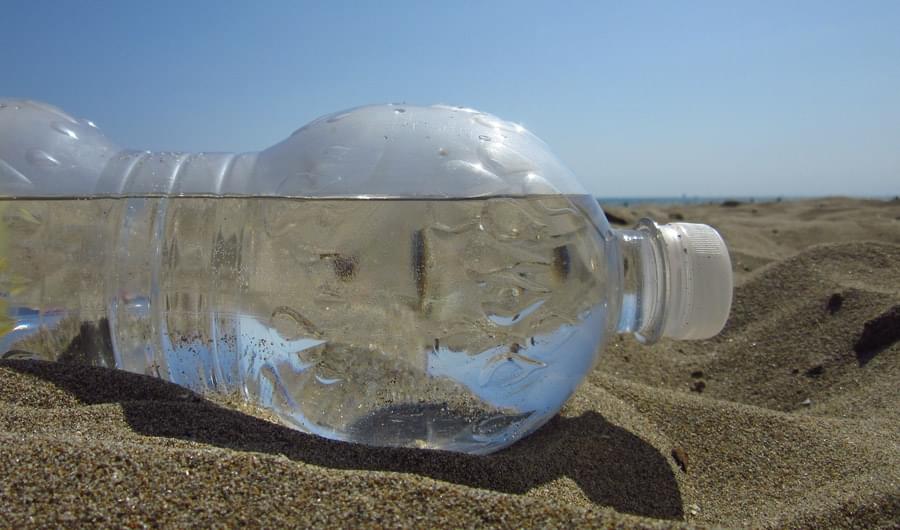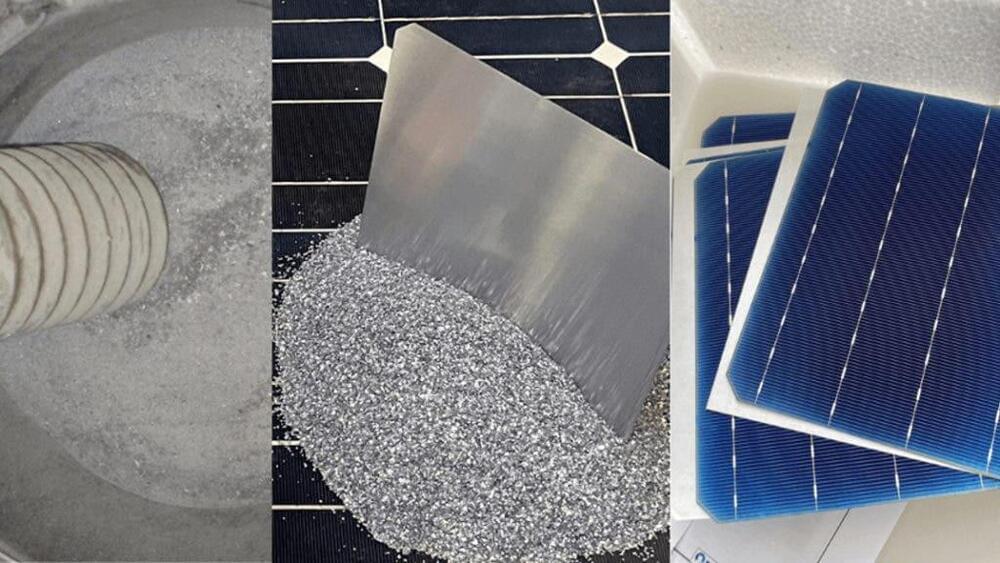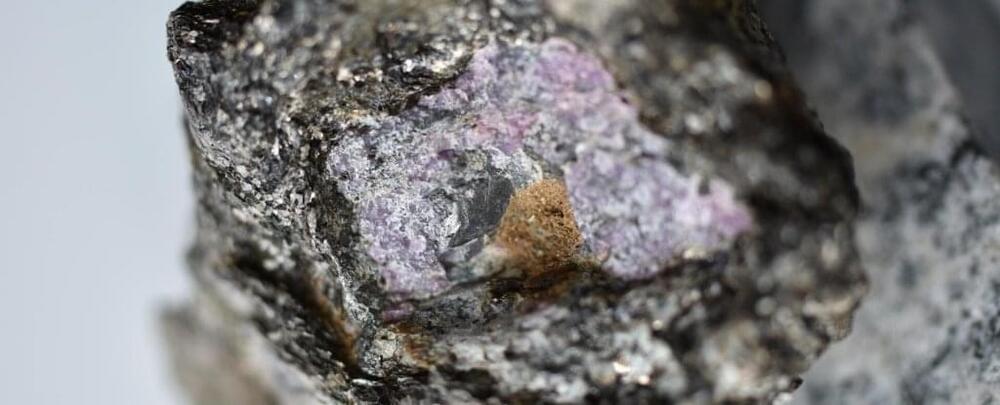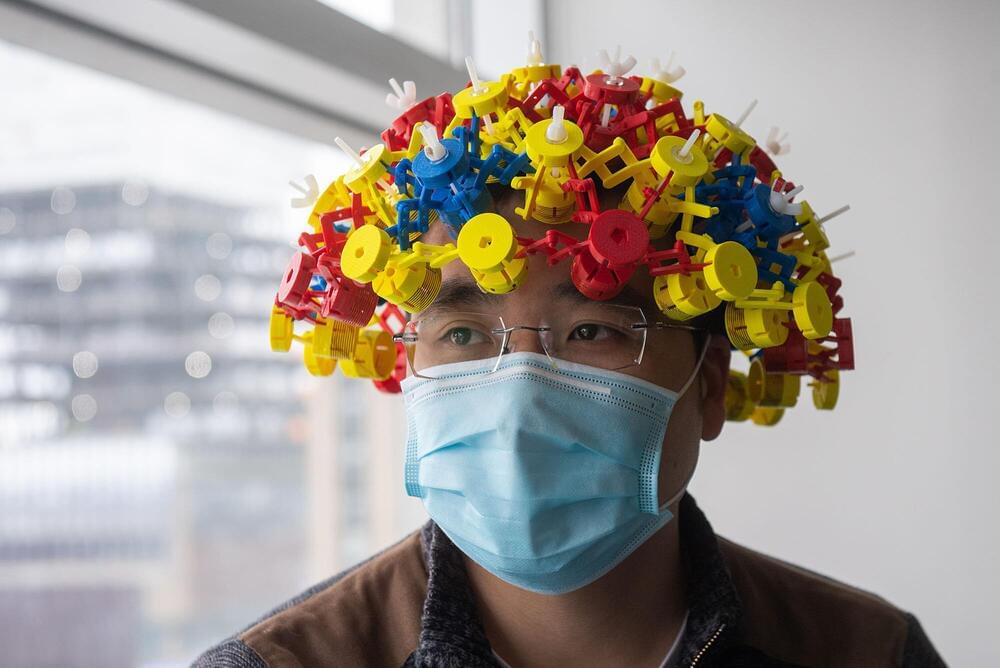Circa 2017
(Inside Science) — On the fictional Star Wars planet Tatooine, moisture farmers erect tall white structures called vaporators to pull valuable water from the desert air. Now researchers on planet Earth have built a device to perform the same basic task. They estimate a suitcase-sized version could harvest enough drinking water per day for a family of four. The device is described in a paper published in the journal Science.
The team, made up of scientists from the University of California, Berkeley and the Massachusetts Institute of Technology in Cambridge, expects the device to be most useful in arid regions and in areas where the traditional water supply is polluted. The system relies on the unique properties of a relatively new type of material called a metal organic framework, or MOF.
MOFs were originally created in the mid-1990s by stitching together metal clusters and organic, or carbon-containing, molecules to form a fine porous structure. The tiny pores help the materials absorb large amounts of liquids or gases.




